1. Spam

Love it or hate it, Spam is a true wartime invention that stuck around. Introduced by Hormel in 1937, it became a staple during World War II because it didn’t require refrigeration and had a long shelf life, Ayalla A. Ruvio explains in Smithsonian Magazine. Soldiers ate it in the trenches, and civilians relied on it when fresh meat was scarce. Even today, it remains hugely popular in places like Hawaii, where Spam musubi is a beloved snack.
Spam’s versatility helped it survive long past the war years. It could be fried, mixed into stews, or eaten straight from the can in a pinch. While some people dismiss it as mystery meat, its salty, savory flavor has earned it a cult following. It’s proof that necessity really is the mother of invention—especially when it comes to food.
2. M&M’s
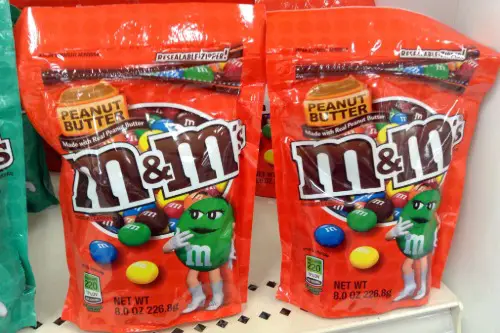
These colorful little chocolates were originally made for soldiers in World War II, according to Louise Mirrer from HuffPost. The candy-coated shell was designed to prevent them from melting, making them perfect for carrying in hot climates. They quickly became a military ration favorite, and once the war ended, they exploded in popularity among civilians. The slogan “Melts in your mouth, not in your hands” was a direct nod to their wartime origins.
M&M’s weren’t just a treat—they were a practical solution to a messy problem. The sugar coating kept the chocolate intact, which was a game-changer for troops in the field. After the war, they became a go-to snack for kids and adults alike. Today, they’re one of the most recognizable candies in the world, all thanks to a wartime necessity.
3. Instant Coffee
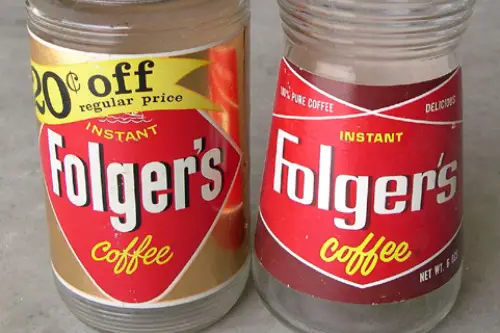
If there’s one thing soldiers needed during war, it was caffeine. While instant coffee had existed before, it was World War I and World War II that truly made it a household staple, according to Jeff Koehler from NPR. The U.S. military included instant coffee in soldiers’ rations because it was easy to transport and prepare. It might not have been gourmet, but it gave troops a much-needed morale boost.
After the war, returning soldiers brought their taste for instant coffee back home. Brands like Nescafé exploded in popularity as people embraced the convenience. It became a morning ritual for many Americans who didn’t have the time to brew a fresh pot. Even today, instant coffee remains a quick and easy caffeine fix, all thanks to wartime innovation.
4. Kraft Macaroni & Cheese
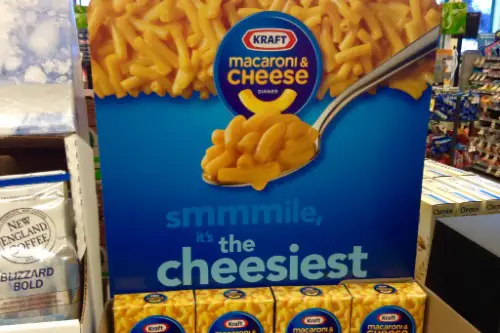
When fresh dairy and meat were rationed during World War II, Kraft Mac & Cheese became an instant hit, Jesse Rhodes from Smithsonian Magazine shares. It was cheap, easy to make, and could feed a family with just a box of pasta and some powdered cheese. The company promised that one box could feed four people for just pennies, making it a lifesaver for families struggling to make ends meet. It quickly became a household staple, and it hasn’t left American pantries since.
The powdered cheese sauce was a wartime workaround for the lack of fresh dairy. Instead of needing milk and butter, you just added water to create a creamy, cheesy meal. After the war, people stuck with Kraft Mac & Cheese because it was comforting and nostalgic. Today, it remains the ultimate quick comfort food, all thanks to wartime ingenuity.
5. Ration Chocolate Bars
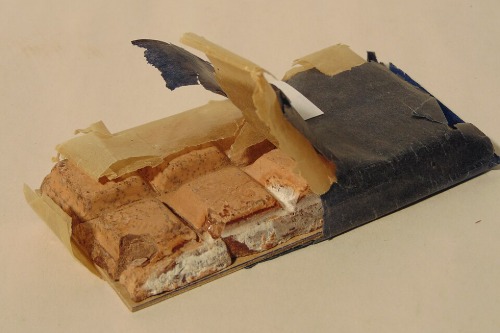
During World War II, the U.S. military needed a chocolate bar that wouldn’t melt and could provide energy in extreme conditions. Enter the D Ration and the Tropical Bar, both designed to be tough, long-lasting, and packed with calories. They weren’t exactly delicious—many soldiers described them as tasting like “a bar of soap.” But they were essential for survival, and they laid the groundwork for energy bars as we know them today.
Despite their less-than-stellar flavor, these ration bars showed the power of food engineering. Companies like Hershey refined their recipes over time, leading to better-tasting chocolate products after the war. The idea of high-calorie, portable energy bars stuck around, inspiring everything from protein bars to modern military rations. So the next time you eat a granola bar, you can thank wartime chocolate for paving the way.
6. Canned Meat Stews

Wartime food needed to be filling, nutritious, and shelf-stable, which led to the rise of canned meat stews like Dinty Moore beef stew. These meals were developed to feed both soldiers and civilians when fresh ingredients were hard to come by. They provided a hearty mix of meat, vegetables, and gravy, all in a can that could last for years. The convenience made them a popular choice even after the war ended.
For many, these stews became comfort food, evoking memories of simpler times. While some might turn their noses up at canned meat, they were a reliable source of protein when resources were scarce. Today, they remain a pantry staple for campers, busy families, and anyone looking for an easy meal. Their staying power proves that practicality often wins out over gourmet appeal.
7. Cornflakes as a Meat Substitute
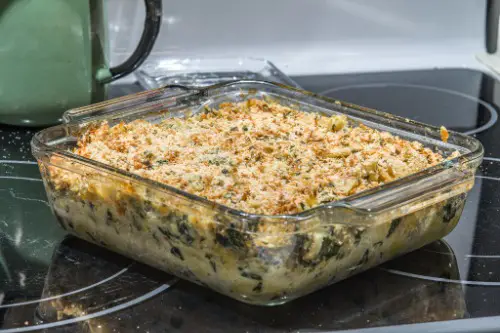
During both World Wars, meat was heavily rationed, leading people to get creative with substitutes. Cornflakes, originally marketed as a breakfast cereal, started being used as a filler in meatloaf, casseroles, and other dishes. They added texture and bulk, helping stretch limited supplies of ground meat. This trick became so popular that it stuck around even after rationing ended.
Today, many classic meatloaf recipes still call for crushed cornflakes instead of breadcrumbs. They add a slightly sweet crunch that makes the dish even more comforting. What started as a wartime necessity turned into a beloved cooking hack. It’s proof that some of the best food tricks come from tough times.
8. Powdered Eggs
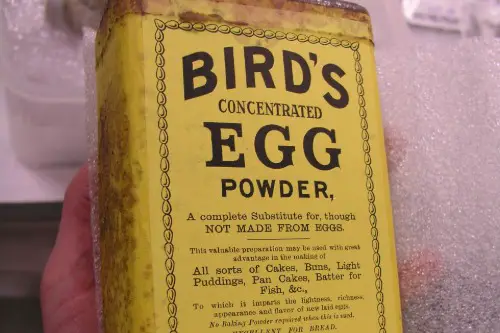
Eggs were in short supply during World War II, so powdered eggs became the next best thing. They were easy to store, lasted longer than fresh eggs, and could be shipped overseas to soldiers. While they didn’t taste exactly like fresh eggs, they were a lifesaver in recipes that required eggs. Everything from baked goods to scrambled eggs relied on this powdered alternative.
After the war, powdered eggs remained popular, especially for camping and emergency food supplies. They’re still used in baking mixes, where they help create consistent results without requiring refrigeration. While most people today prefer fresh eggs, the legacy of powdered eggs lives on. It’s another example of how wartime food shortages led to lasting innovations.
9. Frozen Dinners
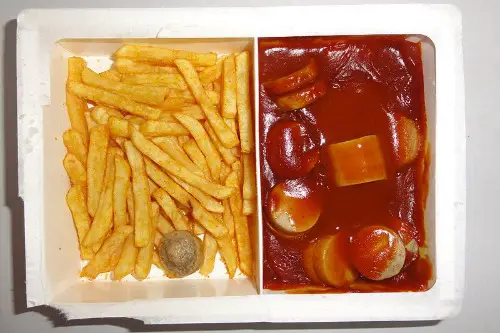
The concept of frozen meals took off after World War II, thanks to the military’s advancements in food preservation. During the war, large-scale freezing methods were developed to keep food fresh for troops stationed far from home. When soldiers returned, companies like Swanson saw an opportunity to apply this technology to consumer products. By the 1950s, TV dinners became a national sensation.
Wartime food science made frozen meals possible, and Americans quickly embraced the convenience. No longer did families have to cook from scratch every night—now they could have a full meal ready in minutes. The idea of quick, easy meals became part of American culture. Without the war, the frozen food aisle might not even exist.
10. Peanut Butter & Jelly Sandwiches
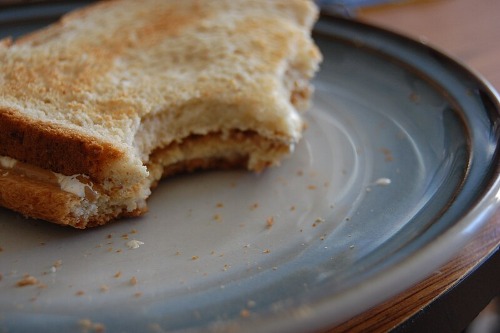
Peanut butter was already popular before World War II, but it became a battlefield staple during the war. It was cheap, packed with protein, and didn’t spoil easily, making it perfect for military rations. Soldiers often paired it with jelly from their rations to make a quick, satisfying meal. When they returned home, they brought their love for PB&J with them.
The peanut butter and jelly sandwich soon became a lunchtime classic for kids and adults alike. It was easy to make, affordable, and comforting—everything a good meal should be. Today, it’s still one of America’s favorite sandwiches. Without wartime rations, the PB&J might never have reached its iconic status.
11. Victory Gardens’ Canned Vegetables
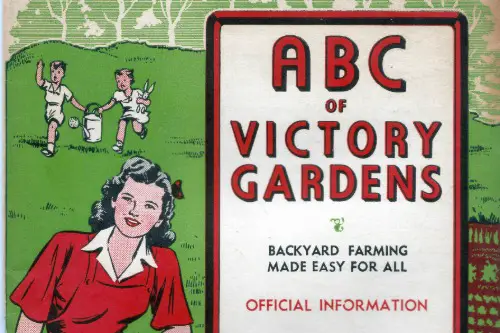
During both World Wars, Americans were encouraged to grow their own food in “Victory Gardens” to reduce demand on the national food supply. Families and communities planted vegetables like tomatoes, carrots, and beans, then preserved them by canning for use throughout the year. This homegrown food helped people stretch their rations and ensured they had access to essential nutrients. Even after the wars, the habit of canning stuck around, influencing home cooking for generations.
Canned vegetables became a kitchen staple because they were convenient, affordable, and lasted a long time. While fresh produce is preferred today, canned options still dominate grocery store shelves. Many families still pass down canning traditions that started during wartime. The next time you crack open a can of green beans, you’re carrying on a practice that helped keep America fed in tough times.
12. Meatloaf with Oatmeal

Meat was rationed during World War II, so home cooks had to get creative with stretching their supplies. Oatmeal became a popular meat extender, helping a small amount of ground beef go further. It absorbed flavors well, kept the meatloaf moist, and made the dish more filling without requiring extra meat. What started as a wartime necessity became a beloved comfort food tradition.
Even after rationing ended, oatmeal remained a key ingredient in many meatloaf recipes. It added texture and nutrition while keeping costs low for families on a budget. Meatloaf itself became a symbol of home cooking, and the oatmeal trick has never gone out of style. If your grandmother ever made meatloaf this way, you have wartime ingenuity to thank for it.
13. Chewing Gum for Soldiers
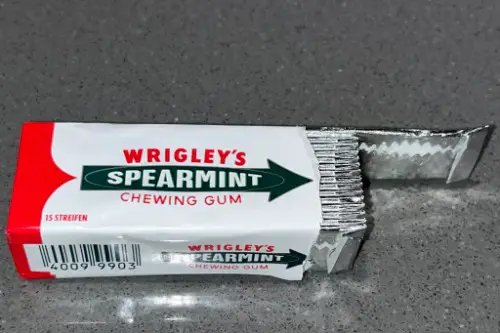
Chewing gum might seem like a simple treat, but it played an important role during wartime. The U.S. military included gum in soldiers’ rations during both World Wars because it helped relieve stress and keep soldiers alert. It also helped clean teeth when brushing wasn’t an option, making it practical as well as enjoyable. Brands like Wrigley’s became household names because of their connection to the war effort.
After the war, the gum industry exploded as returning soldiers brought their habit home. It became a staple of American culture, with bubble gum and spearmint flavors becoming favorites. Today, chewing gum is still popular for freshening breath, staying awake, or just passing the time. But its rise to fame was largely thanks to its role in keeping soldiers going during wartime.


